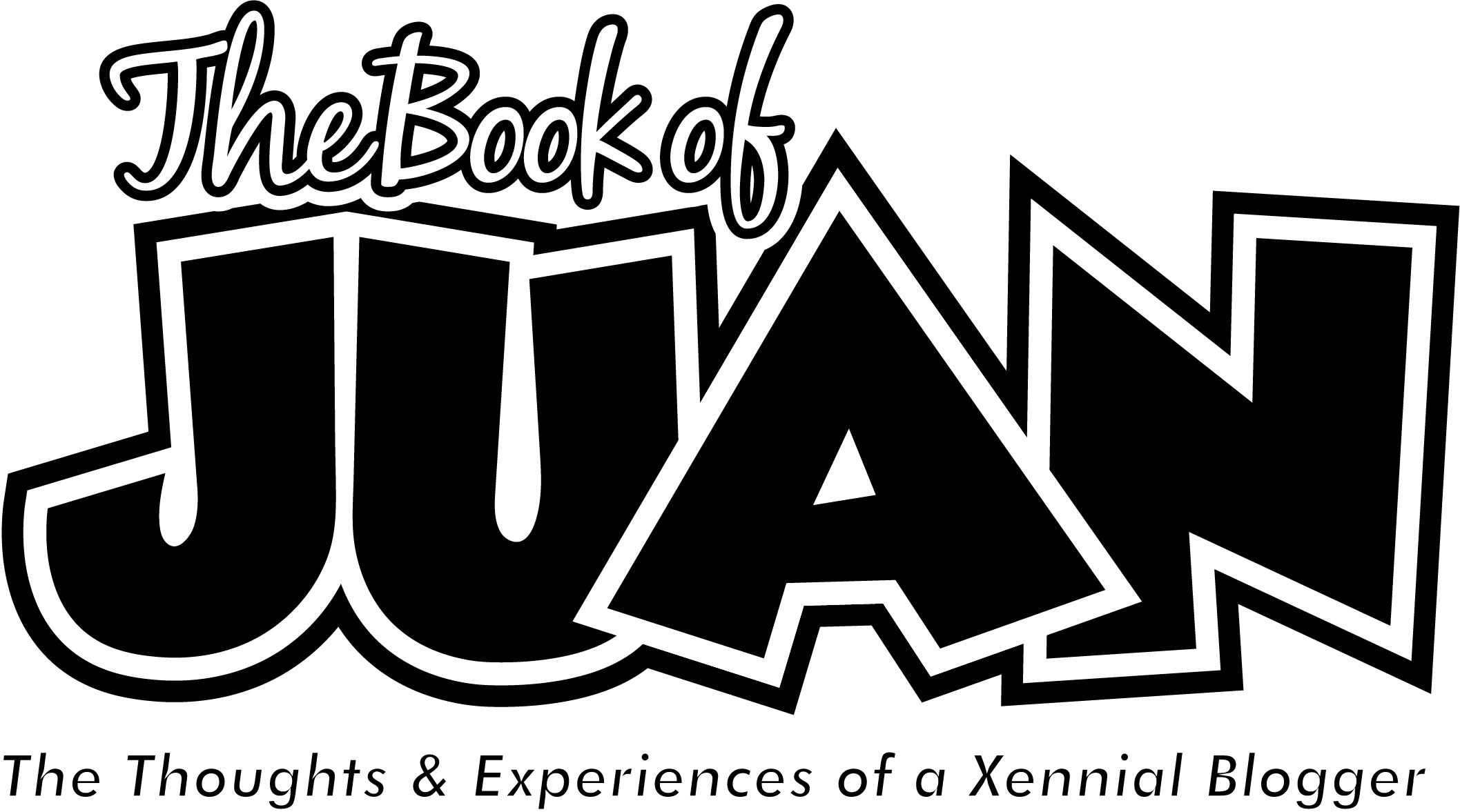“Say what you want but you never say it with violence!” – Gerard Way
3 months ago, I posted some of my thoughts about the Mike Brown shooting in the days immediately after the incident shook up the nation…in particularly, the black community. I have since followed the developments of the grand jury case through the news and in conversation with one of my good travel associates who lives not too far from the scene in St. Louis. Last week, Missouri Governor Jay Nixon placed the state’s National Guard contingent on call. Yesterday, Governor Nixon declared a state of emergency and officially activated the National Guard, an indication that a decision in the grand jury proceedings is imminent. All across my Twitter and Facebook feeds, I’m seeing a lot of people criticizing him for making that call. The overwhelming majority of the criticism is coming from the black community…in particularly, the urban community where many believe the presence of military forces will lead to violent clashes between protesters and law enforcement. As both a veteran of the armed forces and one who has experienced civil unrest up close and personal, I think Governor Nixon made the right call. Many people—black people, especially—don’t agree, however. I think that’s because of 2 things: (1) military resources and (2) the history of the National Guard in incidents of civil unrest.
It’s no secret that the resources afforded to the National Guard, a component of the U.S. military force, is vast. All 50 states, territories, and the capital district contribute significant funding to their respective militias with the vehicles, equipment, artillery, and facilities necessary for proper response to domestic emergencies, disasters, and situations where public safety may be at risk. The Department of Defense, on behalf of the federal government, augments the state and territorial support. Because of this, National Guard units have some of the best vehicles, equipment, artillery, and facilities of any component of the military…definitely better than the Reserves and pretty much on par if not better than the Active component. To the public, this is like a double-edged sword. In times of natural disasters, the resources at the National Guard’s disposal are generally welcomed with open arms and plenty of smiles. However, when issues of racial tension and deeply-rooted social protests call for National Guard support, the presence of those resources is unwelcomed because of the significant advantage it gives the National Guard over both the general public and civilian law enforcement. It’s certainly intimidating to most…enough to make you seriously reconsider whatever approach you’d want to take as a protester. Governor Nixon’s activation of the National Guard not only activates the personnel, it activates the resources…and military-grade resources in these types of situations scare the general public.
Perhaps more responsible for the negative response in the black community towards the state of emergency declaration and the National Guard activation is the history of the National Guard in incidents of civil unrest…especially those that involve racial relations. Incidents like the Little Rock Crisis and Governor George Wallace’s famous stand in the schoolhouse door at the University of Alabama come to mind…along with the Kent State shooting in 1970. In Arkansas and Alabama, the governors of both states deployed the national guard to enforce segregation laws regarding schools only to have Presidents Eisenhower and Kennedy, respectively, federalize the troops to enforce the U.S. Supreme Court integration decision. The fact that the National Guard carried out the orders of those governors still rub people of color the wrong way…even today. The Kent State incident brought the use of deadly force by military units against civilians in protest situations to the forefront and that, much like the racially-charged incidents in the 50s and 60s, isn’t easily forgotten.
That leads me to what’s going on in Ferguson. Based on what I’m seeing in news reports about questionable witness testimony and the recently released autopsy of Mike Brown, I’d venture to say that the grand jury will not indict Darren Wilson, the officer at the center of the drama. If that is the case, you have the conditions for a very tense racially-charged event…similar to the Rodney King riots. The mood of those demonstrations and protests from this past summer combined with the demographics and the socioeconomic conditions in Ferguson—and the Greater St. Louis area, at large—lends itself to the extreme possibility of rioting, widespread looting, and destruction of property…not to mention the real threat of physical clashes between the majority black protesters and the majority white law enforcement in the community. I expect the grand jury to make a decision no later than December 1st and I’m expecting there to be breakouts of civil disturbance…even if Wilson is surprisingly indicted. I highly doubt all of these protesters that have gathered in Ferguson are going to turn away peacefully and commence to singing kumbaya if dude is indicted on any charge. There will be civil disturbance in Ferguson, regardless. And for that reason, I think Governor Nixon is making the right call in activating the National Guard. A classmate of mine from my middle school days once offered a great line when I pondered about the persistent fighting in the cafeteria: “Whenever you have a bunch of upset black folks in one place, there’s no doubt a fight is gonna break out”. Concerning Ferguson, I’d venture to say his line rings true and if that’s the case, the National Guard presence is absolutely necessary to mitigate.

